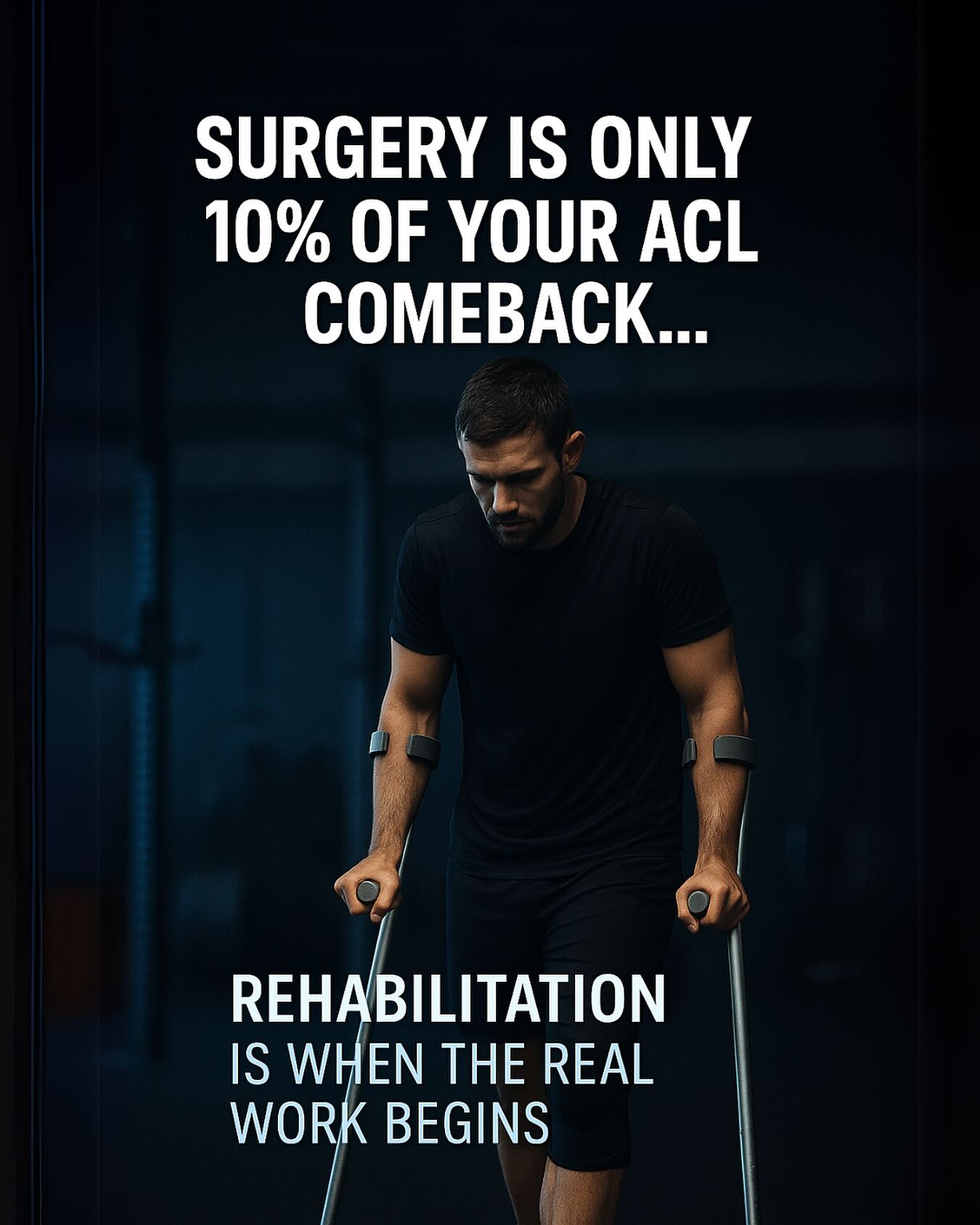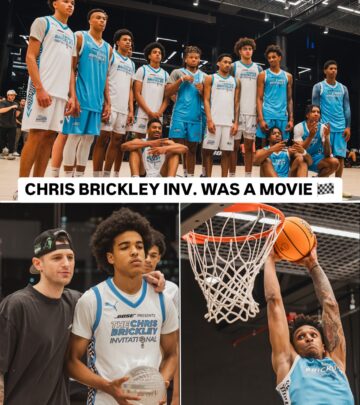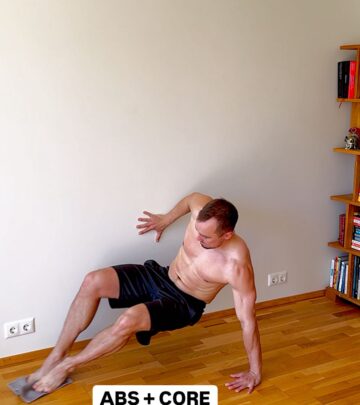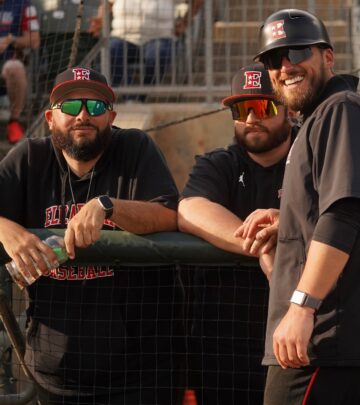Return To Sport: Beyond ACL Reconstruction
Rebuilding athletes demands focused rehab, structured training, and solid mental strength.

Image: Instagram
Alan Salgado Espino, known on social media as @dreamchaserr.__, recently reminded athletes that while surgery can reconstruct a torn ligament, it does not rebuild the athlete. The process of returning to competitive sport involves much more than a successful operation—it calls for disciplined, long-term rehabilitation and unwavering mental strength.
Surgery Is Just The Starting Line
The message is clear: surgery is only the starting line. The early phases of ACL rehabilitation focus on restoring range of motion and reducing swelling while re-engaging neuromuscular control. However, the true turning point in recovery appears months later when the graft is still maturing, muscle strength is catching up, and the mental challenge becomes just as important as physical progress. As emphasized in the post, “Your graft needs time. Your brain needs re-training. Your body needs rebuilding. Stay the course, and don’t cut corners.” This serves as an important reminder that the surgeon’s role is limited to fixing the damage; the athlete’s dedication to rehabilitation ultimately determines the success of the return to sport.
Understanding The Research
Scientific studies reinforce this holistic view of recovery. According to research by Ardern et al. (2011), only 55% of athletes return to competitive sport after ACL reconstruction, highlighting how psychological readiness and the completion of rehabilitation are key factors. Meanwhile, a study by Grindem et al. (2016) found that athletes who resume sport before nine months post-surgery are seven times more likely to experience a re-tear. Logerstedt et al. (2012) also stress the significance of a progressive, criteria-based rehabilitation plan that goes well beyond mere timelines. This research underscores that a measured, structured approach is essential for rebuilding strength, power, and confidence.
Structured Progression Is Essential
The rehabilitation journey is highly individualized, demanding structured progression and consistent load management. For athletes, this means not only focusing on the basics—walking and regaining full range—but also advancing to complex movements such as pivoting, sprinting, and reacting in high-speed scenarios. Training protocols that emphasize tasks like step downs, neuromuscular re-education through the Crossed Extension Reflex, and targeted exercises are critical. Recent related posts have further explained differences between step down and step up exercises, which build control and power by engaging specific muscle groups.
Advanced rehabilitation techniques often include exercises that layer balance with resistance training. However, caution is advised; as some experts note, multitasking complex elements such as unstable surface training and Blood Flow Restriction (BFR) protocols can dilute neuromuscular control if not implemented at the appropriate stage of recovery. The key is to establish stable movement patterns first and introduce reactive components gradually—a philosophy echoed in specialized posts on ACL and sports rehabilitation.
Mental Resilience: The Invisible Component
While physical recovery is measurable in strength gains and range of motion, the psychological aspect of rehabilitation is sometimes overlooked. Mental readiness plays a crucial role in the process. Studies have pointed out that lingering deficits in confidence can prevent up to 70% of individuals from regaining their pre-injury performance levels. Athletes are frequently challenged to overcome self-doubt and hesitation when trusting their newly reconstructed knees in dynamic, high-speed activities. This mental component is as important as physical training and requires patient, persistent work.
Comprehensive Rehab For Long-term Success
Successful ACL recovery is not solely about regaining physical function—it’s about rebuilding the athlete holistically. Comprehensive rehabilitation requires a carefully designed program that addresses physical, neuromuscular, and psychological needs. Whether through targeted exercises that focus on neuromuscular control, or through guidelines to avoid early return to intense sport (which increases the risk of re-injury), every aspect of rehabilitation must be integrated thoughtfully.
Alan Salgado Espino’s recent post serves as an important public service announcement to athletes at all levels. His transparent discussion of the challenges post-surgery, coupled with a strong adherence to research-backed protocols, resonates widely on social media. For those in the middle of their ACL recovery journey, his message is one of patience, persistence, and a commitment to a long-term, structured approach.
In conclusion, the path back to sport after ACL surgery is defined by a combination of precise surgical repair and diligent, scientifically informed rehabilitation. It demands that athletes not only regain their physical abilities but also rebuild the trust and mental clarity needed to perform under pressure. As emerging research and expert posts suggest, no shortcut exists on this journey—only consistent, progressive training ensures a safe and effective return to competitive play.
Stay informed. Stay patient. And remember, every step forward in rehab brings you closer to reclaiming your sport.
Read full bio of Nisha Bharatan


















